On November 4, 1956, the Red Army entered Budapest. Soviet tanks put a bloody end to the Hungarian Revolution. After World War II, the victorious countries divided the world into spheres of influence. Hungary, along with the rest of Eastern Europe, fell within the orbit of the Soviet Union [USSR]. From 1949 on, Moscow controlled Hungary through a puppet regime led by Mátyás Rákosi. After ruling the Soviet Union for almost 30 years, Stalin died on March 5, 1953. A struggle to succeed him broke out inside the Communist Party of the Soviet Union, [CPSU] an extended into the Union’s satellite countries. In Hungary, Imre Nagy replaced Rákosi as prime minister [July 1953]. Nagy pushed through significant reforms and opened up the country’s economic, political and cultural arenas. Many political prisoners who had been jailed under Rákosi were released. Moscow felt that Nagy was experiencing too much independence, and removed him from his post in April 1955. Moscow loyalist András Hegedüs was put in his place. At the CPSU’s 20th Congress in February 1956, its new leader Nikita Khrushchev shook the Soviet system to its foundations with a speech [February 25, 1956] that harshly criticized Stalin for policy errors and the repressive measures he used to quell dissent.
Khrushchev’s words sparked new hopes for liberty across Eastern Europe. Poland and Hungary saw the birth of pacifist movements led by cultural elite and supported at every level of society. Large public demonstrations began to take place in Budapest on October 23, 1956. They quickly turned into full-fledged insurrections during which people toppled statues of Stalin, soldiers removed the Soviet stars from their berets, and demonstrators tore Communist symbols off of the Hungarian flag. When the crowd began to march on government buildings, the police responded with fatal gunfire. Riding the wave of protests, Imre Nagy returned to government on October 24, and Soviet troops based in Budapest abandoned the capital. But just a few days later, on November 4, 1956, 5,000 Soviet tanks entered the city. Hungarian citizens proudly resisted, but after four days of bitter urban combat, the Hungarian Revolution was suppressed. The Red Army imprisoned more than 20,000 people, including Nagy. He was executed on June 16, 1958. The West met the incidents with silence, as both the US and European countries were engaged in the Suez Crisis in Egypt. European Communist parties approved of suppressing the Hungarian uprising. But in the minds of many Communist intellectuals and militants, the event tarnished the Soviet Union’s myth.
Khrushchev’s words sparked new hopes for liberty across Eastern Europe. Poland and Hungary saw the birth of pacifist movements led by cultural elite and supported at every level of society. Large public demonstrations began to take place in Budapest on October 23, 1956. They quickly turned into full-fledged insurrections during which people toppled statues of Stalin, soldiers removed the Soviet stars from their berets, and demonstrators tore Communist symbols off of the Hungarian flag. When the crowd began to march on government buildings, the police responded with fatal gunfire. Riding the wave of protests, Imre Nagy returned to government on October 24, and Soviet troops based in Budapest abandoned the capital. But just a few days later, on November 4, 1956, 5,000 Soviet tanks entered the city. Hungarian citizens proudly resisted, but after four days of bitter urban combat, the Hungarian Revolution was suppressed. The Red Army imprisoned more than 20,000 people, including Nagy. He was executed on June 16, 1958. The West met the incidents with silence, as both the US and European countries were engaged in the Suez Crisis in Egypt. European Communist parties approved of suppressing the Hungarian uprising. But in the minds of many Communist intellectuals and militants, the event tarnished the Soviet Union’s myth.
RELATED
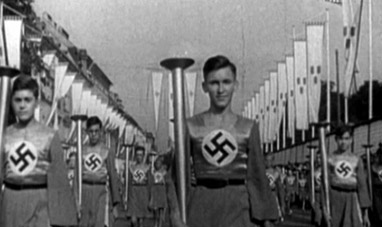

THE ADVENT OF NAZISM


NATO (NORTH ATLANTIC TREATY ORGANIZATION)
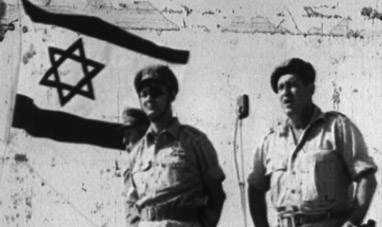

THE SIX DAY WAR
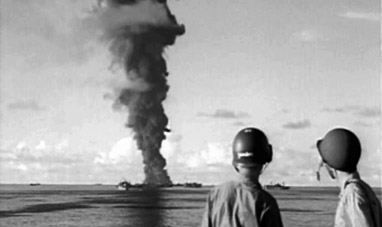

THE OUTBREAK OF WORLD WAR II
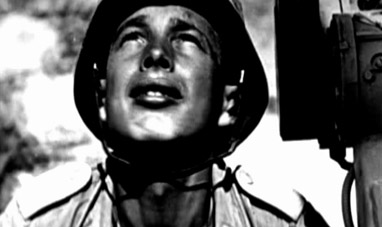

WORLD WAR II
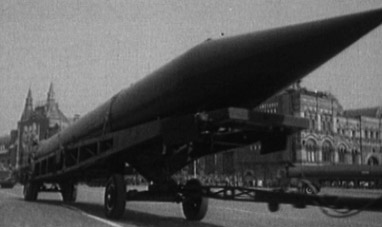

THE CUBAN MISSILE CRISIS
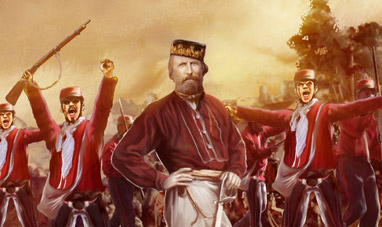

THE EXPEDITION OF THE THOUSAND
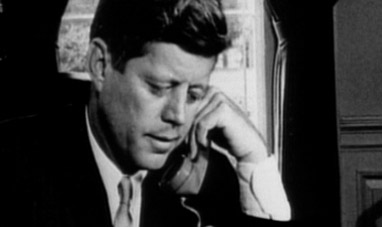

JOHN FITZGERALD KENNEDY
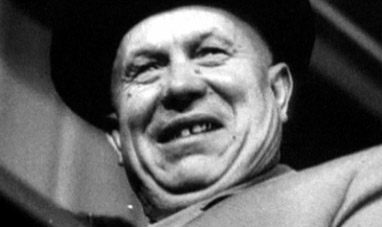

NIKITA KHRUSHCHEV
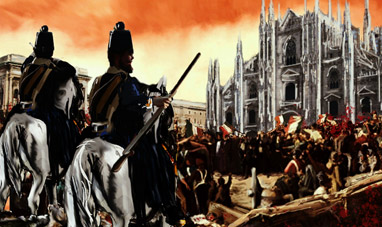

FIVE DAYS OF MILAN
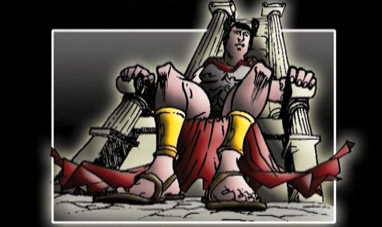

THE EDICT OF MILAN
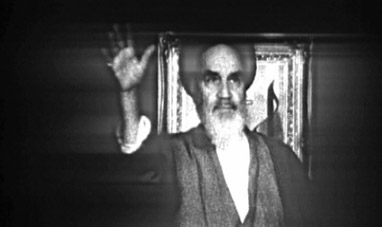

THE IRANIAN REVOLUTION
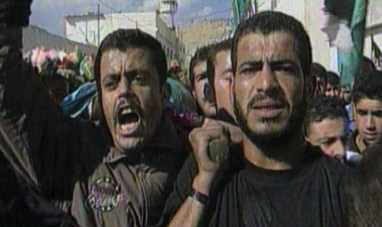

THE SECOND INTIFADA
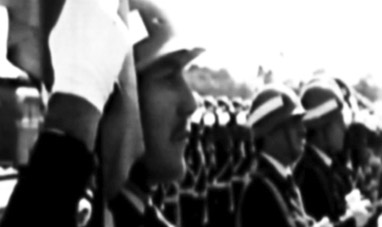

THE ARGENTINE DICTATORSHIP, 1976-1983
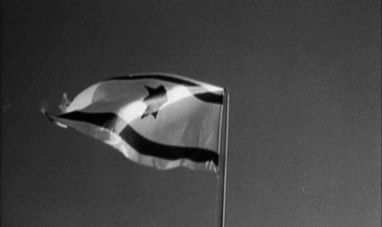

THE BIRTH OF ISRAEL
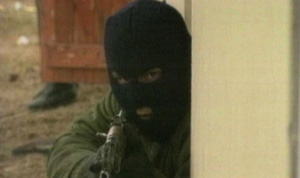

THE KOSOVO WAR


THE CONGRESS OF VIENNA


THE FALL OF THE BERLIN WALL
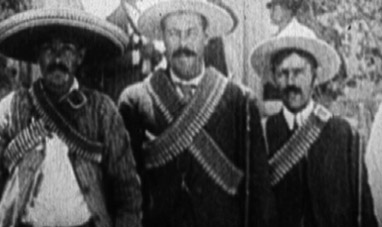

THE MEXICAN REVOLUTION
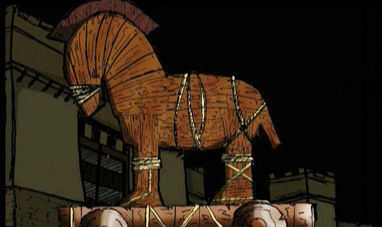

THE TROJAN WAR
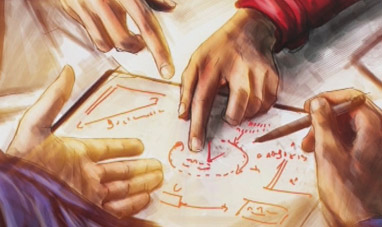

BUILDING THE SUEZ CANAL
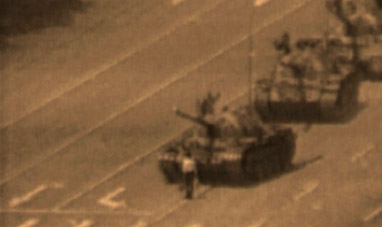

THE MARCH ON TIANANMEN
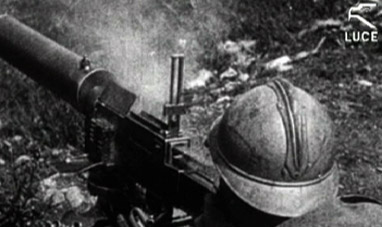

WORLD WAR I


THE TAIWAN ISSUE
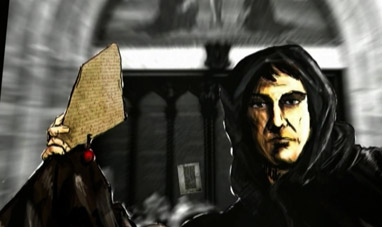

THE PROTESTANT REFORMATION
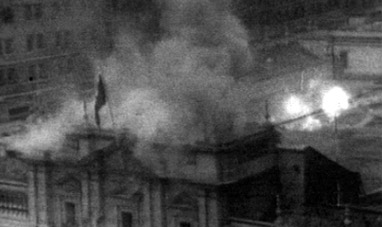

THE 1973 CHILEAN COUP
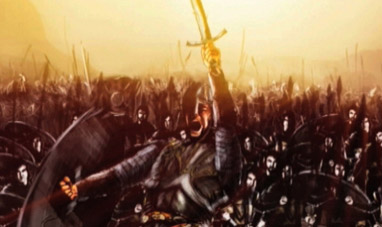

THE BATTLE OF HASTINGS
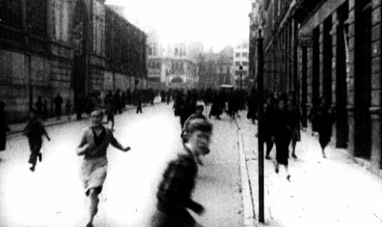

THE SPANISH CIVIL WAR
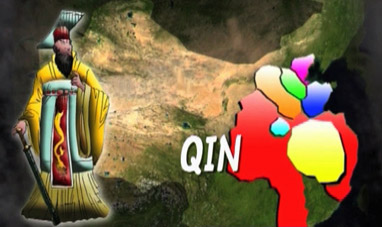

THE FIRST CHINESE EMPEROR AND THE QIN DYNASTY
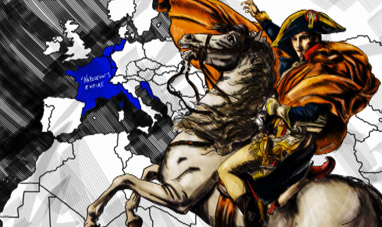

THE BATTLE OF AUSTERLITZ
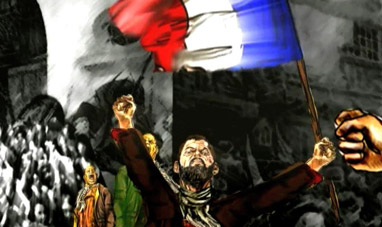

THE FRENCH REVOLUTION


LEONID BREZHNEV
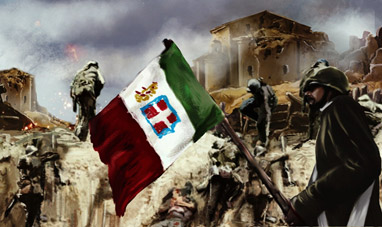

ITALIAN IRREDENTISM
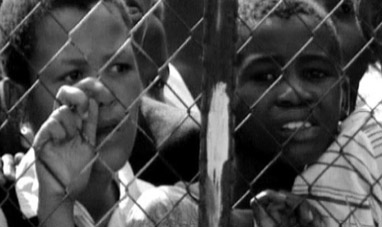

APARTHEID


ASIAN TSUNAMI 2004
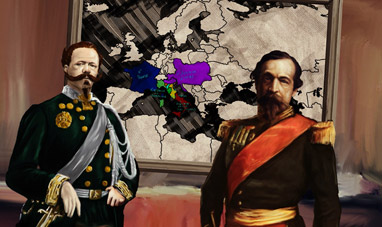

PLOMBIÈRES AGREEMENTS
